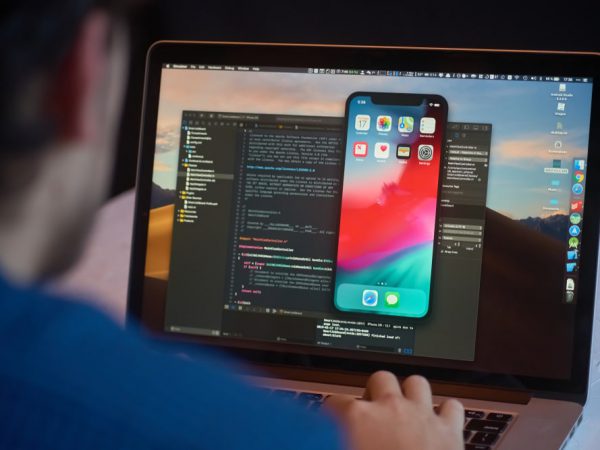
Very often software development projects demand flexibility from both the contractor and the client. Time and money constraints should not influence the quality of the final product, and this is the main reason for the Time and Material outsourcing model’s popularity.
In those cases where there is no full/clear vision of the finalized product, and if it is impossible to divide it into several smaller parts, the Time and Material outsourcing model is the best solution. The T&M model is the perfect fit for long-term projects that require a flexible approach and constant changes.
When a company is developing a long-term project where the scope is unclear and the requirements might change, it is almost impossible to estimate the required resources and plan the budget accordingly.
Most complicated software products need constant support and frequent updates, which means additional resources will be needed from your team even after the project is completed, and there won’t be enough time for crucial tasks such as developing new projects or focusing on core activities.
The Time and Material model of outsourcing allows the client to focus on core activities while a professional outsourcing team will provide support for the project, making it less expensive for the client.
Experienced developers will tell you that software will almost never be perfect upon its initial release. If quality is a major priority for the software product you are working on, then trying several options is necessary to find the best solution. And despite that, some companies might still insist on planning the budget and deadlines beforehand – here the limitations of the Fixed Price model could cause negative consequences for long-term projects.
The T & M model is flexible enough to change a project during its run or even cancel it. We want to outline the advantages and disadvantages of the T&M development model for those who are unsure of which outsourcing model fits their purposes best:
Advantages of T&M outsourcing Model
- The customer is free to change the project according to the latest requirements without adding new amendments to the contract.
- Service providers are highly interested in T&M contracts, allowing you to have better rates compared to fixed-price projects.
- The Time and Materials outsourcing model provides the client with the possibility to pay for the company’s services in parts, according to the payment agreement specified by the contract.
- Working with one team and being able to control it.
- Saving internal resources for more important projects.
Disadvantages of T&M outsourcing Model
- The amount of Time & Money spent on the project can rise above all the expectations.
- Good project management is crucial.
- Changing the contractor midway may ruin the project and expenses may skyrocket.
Using the Time and Materials model is a great responsibility for the client: project delivery depends on accurate project descriptions and requirements provided to the contractor. The communication speed and ability to reach mutual agreements in a timely manner has a great influence on meeting deadlines and on the cost-efficiency of the project.
If the client doesn’t provide detailed specifications or the instructions are vague and ambiguous, extra costs and a shift of the completion time are inevitable. Professional and constant supervision along with effective coordination are the keys to successful performance when using the Time and Material model.
One of the most important things about the T&M model is to find a reliable contractor, this is why it is very wise to run a small trial project first to see the contractor’s attitude and efficiency before launching a big scale project. On the other hand, once you have managed to find a reliable dedicated outsourcing service provider for your project, then you could save costs and get rid of many problems.



